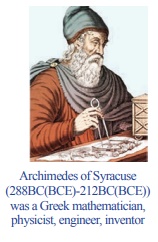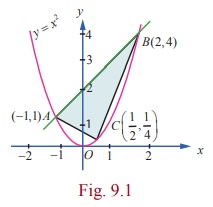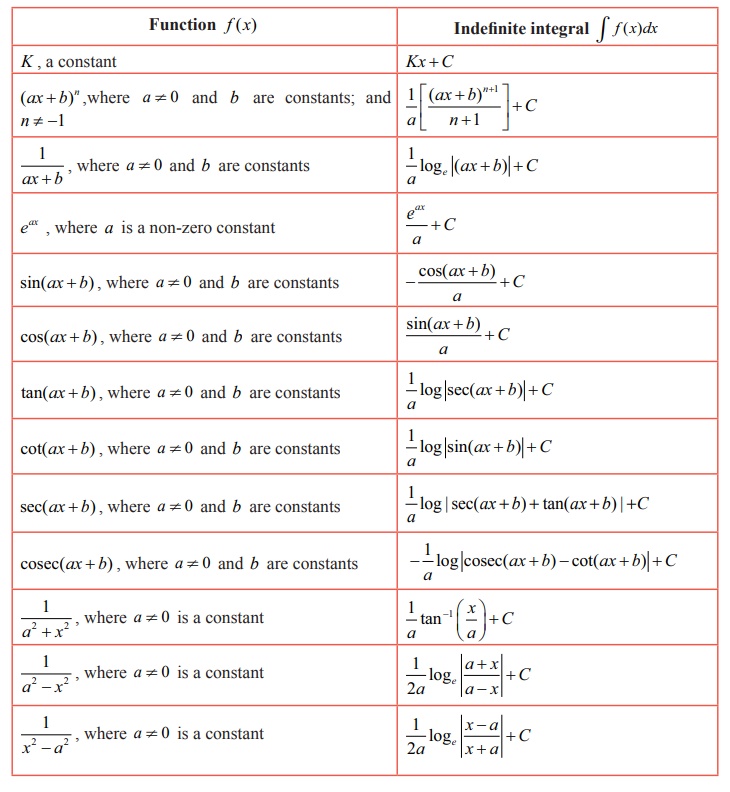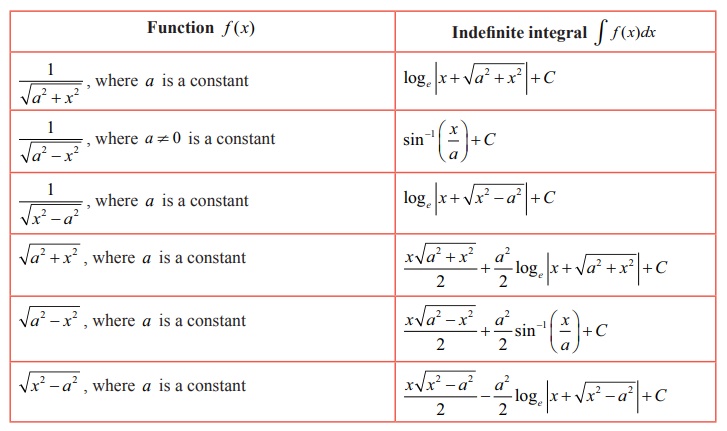Mathematics - Applications of Integration | 12th Maths : UNIT 9 : Applications of Integration
Chapter: 12th Maths : UNIT 9 : Applications of Integration
Applications of Integration
Applications
of Integration
ŌĆ£Give me a place to stand and I will move the earthŌĆØ - Archimedes
Introduction
One of
the earliest mathematicians who made wonderful discoveries to compute the areas
and volumes of geometrical objects was Archimedes. Archimedes proved that the
area enclosed by a parabola and a straight line is 4/3 times the area of an
inscribed triangle (see Fig. 9.1).

He
obtained the area by segmenting it into infinitely many elementary areas and
then finding their sum. This limiting concept is inbuilt in the definition of
definite integral which we are going to develop here and apply the same in
finding areas and volumes of certain geometrical shapes.

Learning Objectives
Upon
completion of this Chapter, students will be able to
ŌĆó define
a definite integral as the limit of a sum
ŌĆó demonstrate
a definite integral geometrically
ŌĆó use
the fundamental theorem of integral calculus
ŌĆó evaluate
definite integrals by evaluating anti-derivatives
ŌĆó establish
some properties of definite integrals
ŌĆó identify
improper integrals and use the gamma integral
ŌĆó derive
reduction formulae
ŌĆó apply
definite integral to evaluate area of a plane region
ŌĆó apply
definite integral to evaluate the volume of a solid of revolution
We
briefly recall what we have already studied about anti-derivative of a given
function f ( x) . If a function F ( x) can be found such that d/dx F
( x) = f
( x) , then the function F ( x)
is called an anti-derivative
of f ( x) .
It is
not unique, because, for any arbitrary constant C , we get d/dx [F ( x)
+
C] = d/dx
[F ( x)] = f
( x) .
That is,
if F ( x) is an anti-derivative of f
( x) , then the function F ( x)
+
C is also an anti-derivative of the
same function f ( x) . Note that all anti-derivatives of f ( x)
differ by a constant only. The anti-derivative of f ( x) is usually called
the indefinite
integral of f ( x) with respect to x and is denoted by Ōł½ f
( x)dx .
A
well-known property of indefinite integral is its linear property :
Ōł½ [╬▒
f ( x) + ╬▓ g ( x)]dx = ╬▒ Ōł½
f ( x)dx + ╬▓ Ōł½
g ( x)dx ,
where ╬▒ and ╬▓ are constants.
We list
below some functions and their anti-derivatives (indefinite integrals):


Related Topics